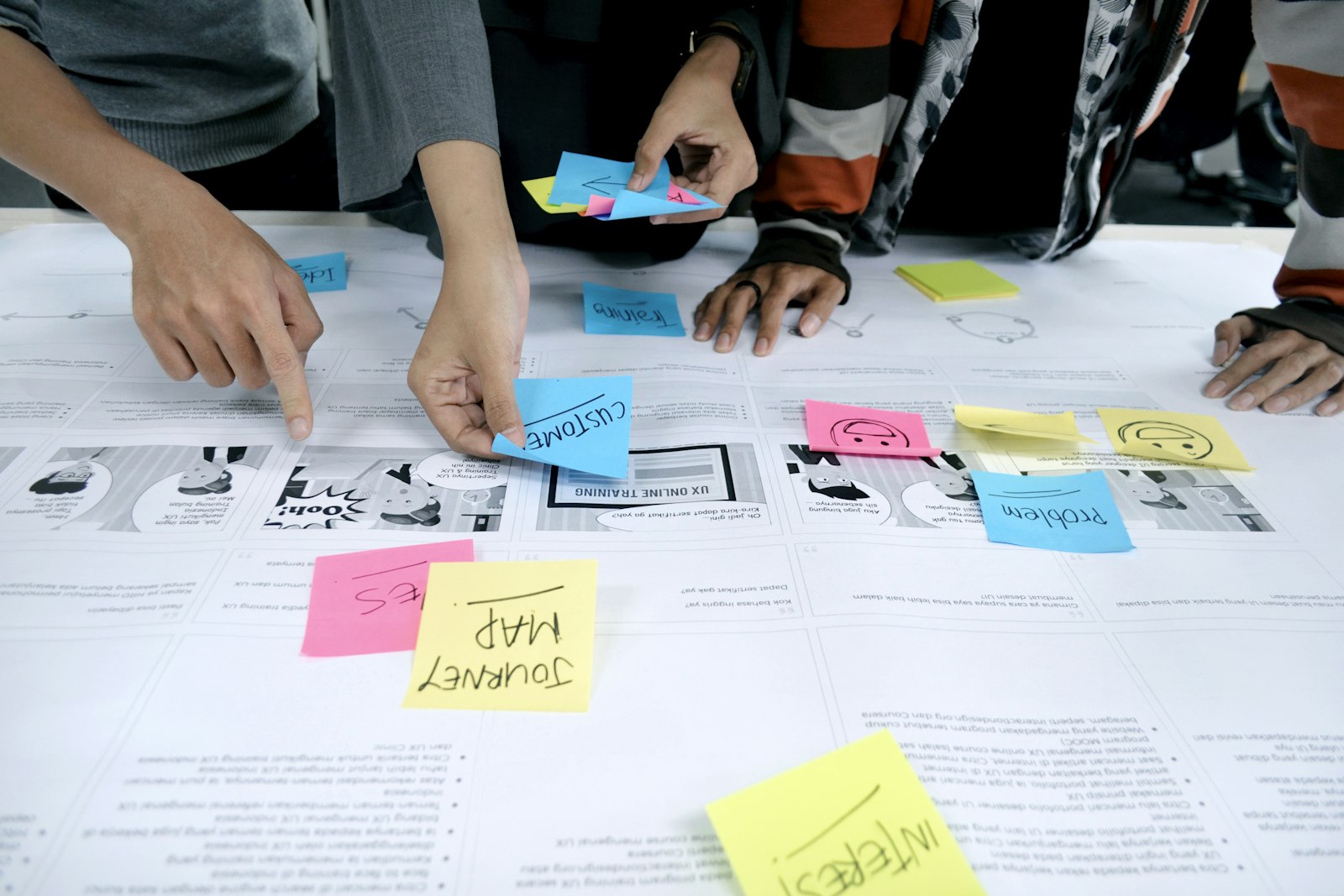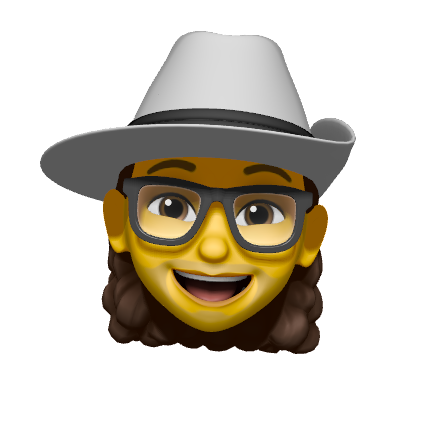
User research is a critical part of designing great products. By understanding users’ needs, pain points, and behaviors, we can create solutions that truly help them. Here are my top tips for conducting effective user research:
1. Define Your Goals
First, clearly define what you want to learn and why. This focuses your research and makes it easier to determine the right methods. Some common goals include:
- Understanding user behaviors and needs
- Identifying pain points and usability issues
- Testing new designs and prototypes
- Comparing different solutions
- Prioritizing features
2. Choose Your Research Methods
With goals in place, identify the best research methods to use. Common UX research methods include:
- User interviews - Asking open-ended questions to uncover user behaviors, needs, and thought processes.
- Usability testing - Observing users interacting with a product or prototype to identify issues.
- Surveys - Getting feedback from a large sample size through online questionnaires.
- Analytics review - Reviewing usage data like clicks, conversions, etc.
- Competitive analysis - Analyzing competitors’ products to compare strategies.
Choose methods that will best answer your research questions given constraints like time and budget. Using multiple complementary methods typically provides the richest insights.
3. Prepare Your Research Materials
With your methods selected, prepare any necessary materials:
- Recruiting screener - For interviews and tests, screening questions ensure you get the right users.
- Discussion guide - Outline of topics and example questions for consistent interviews.
- Prototype - Digital prototype to test if conducting usability testing.
- Analytics reports - Usage data export if analyzing metrics.
- Competitor examples - Create a feature matrix to compare in competitive analysis.
Thoroughly planning materials upfront saves significant time down the line.
4. Conduct Your Research Sessions
When conducting user research sessions:
- Explain the purpose - Be transparent about what you’re testing and why to set expectations.
- Ask open-ended questions - Avoid leading questions so users share honest perspectives.
- Be patient - Give ample time for users to articulate thoughts and navigate prototypes.
- Dig deeper - Ask “why” to uncover root causes and needs.
- Thank participants - Show gratitude for their time and feedback.
Following a user-centered approach helps build rapport and yield meaningful insights.
5. Interpret and Synthesize Findings
The real work comes in analyzing the data collected:
- Review notes/recordings - Look for trends and patterns.
- Highlight compelling quotes - User quotes vividly illustrate perspectives.
- Tag themes - Categorize findings across sessions using tags or codes.
- Identify user needs - Summarize the problems users want solved.
- Outline takeaways - Key conclusions and recommendations.
Solid synthesis provides actionable direction for design solutions.
6. Share Findings and Recommendations
The last step is sharing findings with stakeholders:
-
Present key takeaways - Focus on 2-3 big picture insights.
-
Use compelling quotes - User quotes make the data memorable and human.
-
Show examples - Images, videos, and prototypes make it tangible.
-
Make clear recommendations - Provide direction on how to solve user needs.
-
Create actionable next steps - Outline how research should impact design and development.
Getting stakeholders bought into research findings is crucial for driving product changes.
Key Takeaways
There you have it - my top tips for conducting user research that fuels impactful product design. Defining goals, choosing the right methods, thoroughly preparing, carefully conducting sessions, synthesizing and sharing findings - it’s a big effort, but pays off exponentially for the user experience. I hope these steps provide a helpful framework as you embark on your own user research. Let me know if you have any other questions!

